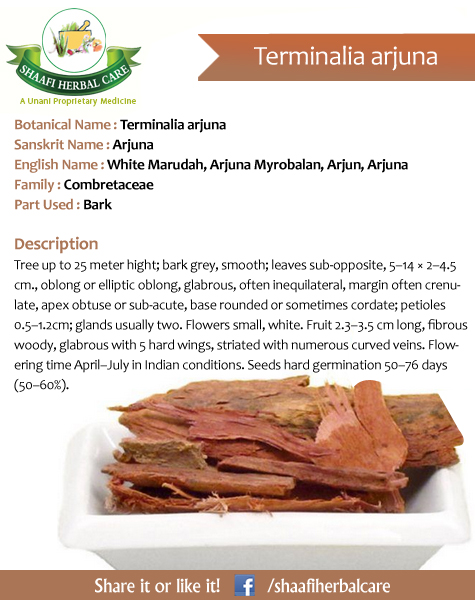
Description of Picrorhiza Kurroa:
It is small, perennial shrub. The rhizome is hard and is about 6 to 10 inch long. Leaves are 2 to 4 inch long, having a circular shape and sharp apex. Flower stalk is 2 to 4 inch long that bears white or purple flowers. Fruit is ½ inch long and is oval in shape. The plant flowers in summers and fruits in rains. It is found at the height of 7 to 14 thousand feet. In India it is found in Himachal Pradesh and Kashmir.
Chemical Constituents:
Roots contain 2 bitter glycosides, picorhizin, kutkin, D-menital, benelic acid, kutkisterol. It also contains aromatic substance.
Pharmacology:
It is kapha and pitta suppressant. It helps in regularizing the peristaltic movements and also tones up the digestive tract due to its light properties. It is also a good anti wormal agent as it is bitter in taste. It has a good activity on the cardiovascular system and helps in improving the heart condition because of its bitter taste. It helps in curbing infection in the body and is also effective in expelling out the extra amount of mucus in the respiratory tract. It also helps in toning the urinary tract due to its light property. It is very effective in skin related ailments due to its cold potency.
Medicinal Uses:
Its usefulness as a laxative, liver-stimulant, improving lactation, appetite stimulant, febrifuge and as beneficial in bronchial asthma. The plant and its formulations are widely used in therapy of epidemic jaundice. Clinical studies including double-blind trials have been carried out with the root powder of the plant in patients with viral hepatitis with significant improvement in symptoms like anorexia, nausea and vomiting. There was a concurrent improvement in liver functions. Open trials in bronchial asthma have given encouraging prophylactic response with prolonged administration. It is bitter, carminative, digestant and has a cooling effect and is used as a cardiotonic, antipyretic and anthelmintic. It is also used in diabetes, jaundice, blood disorders, hepatomegaly, liver and spleen disorders and skin disorders.


